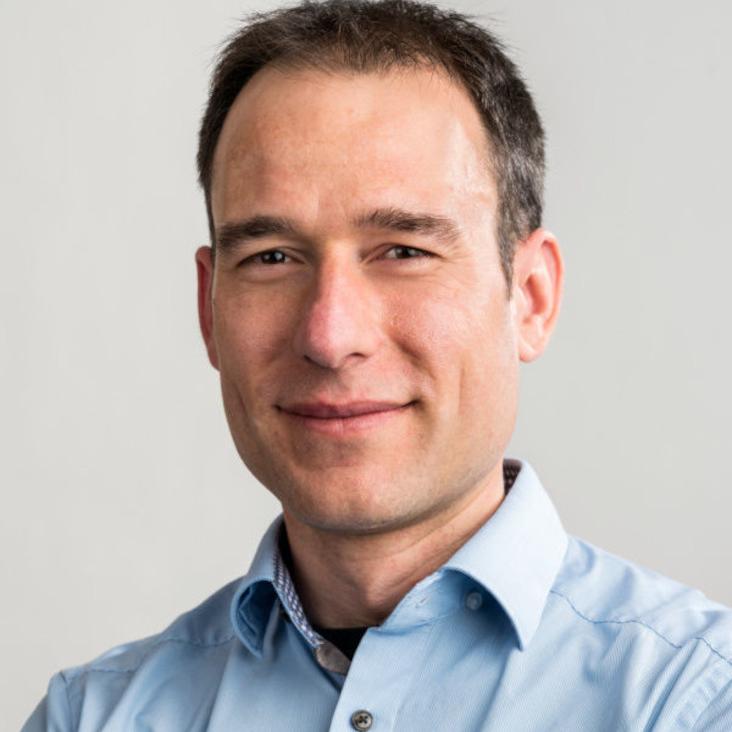Organic solar cells—the path to commercial success
Advanced Energy Materials Wiley 11:1 (2020) 2002653
Abstract:
Organic solar cells have the potential to become the cheapest form of electricity, beating even silicon photovoltaics. This article summarizes the state of the art in the field, highlighting research challenges, mainly the need for an efficiency increase as well as an improvement in long‐term stability. It discusses possible current and future applications, such as building integrated photovoltaics or portable electronics. Finally, the environmental footprint of this renewable energy technology is evaluated, highlighting the potential to be the energy generation technology with the lowest carbon footprint of all.The role of spin in the degradation of organic photovoltaics
Nature Communications Springer Nature 12:1 (2021) 471
Abstract:
Stability is now a critical factor in the commercialization of organic photovoltaic (OPV) devices. Both extrinsic stability to oxygen and water and intrinsic stability to light and heat in inert conditions must be achieved. Triplet states are known to be problematic in both cases, leading to singlet oxygen production or fullerene dimerization. The latter is thought to proceed from unquenched singlet excitons that have undergone intersystem crossing (ISC). Instead, we show that in bulk heterojunction (BHJ) solar cells the photo-degradation of C<sub>60</sub> via photo-oligomerization occurs primarily via back-hole transfer (BHT) from a charge-transfer state to a C<sub>60</sub> excited triplet state. We demonstrate this to be the principal pathway from a combination of steady-state optoelectronic measurements, time-resolved electron paramagnetic resonance, and temperature-dependent transient absorption spectroscopy on model systems. BHT is a much more serious concern than ISC because it cannot be mitigated by improved exciton quenching, obtained for example by a finer BHJ morphology. As BHT is not specific to fullerenes, our results suggest that the role of electron and hole back transfer in the degradation of BHJs should also be carefully considered when designing stable OPV devices.Controlling energy levels and Fermi level en route to fully tailored energetics in organic semiconductors
Nature Communications Nature Research 10:1 (2019) 5538
Abstract:
Simultaneous control over both the energy levels and Fermi level, a key breakthrough for inorganic electronics, has yet to be shown for organic semiconductors. Here, energy level tuning and molecular doping are combined to demonstrate controlled shifts in ionisation potential and Fermi level of an organic thin film. This is achieved by p-doping a blend of two host molecules, zinc phthalocyanine and its eight-times fluorinated derivative, with tunable energy levels based on mixing ratio. The doping efficiency is found to depend on host mixing ratio, which is explained using a statistical model that includes both shifts of the host's ionisation potentials and, importantly, the electron affinity of the dopant. Therefore, the energy level tuning effect has a crucial impact on the molecular doping process. The practice of comparing host and dopant energy levels must consider the long-range electrostatic shifts to consistently explain the doping mechanism in organic semiconductors.An Open Source Sensitive External Quantum Efficiency Setup for Characterising Optoelectronic Devices
Journal of Open Hardware University of Western Ontario, Western Libraries 9:1 (2025)
Abstract:
This paper presents the development and implementation of a high-sensitivity external quantum efficiency (sEQE) measurement system designed to characterize optoelectronic de- vices, particularly solar cells and photodetectors. Our setup enables precise measurement of the conversion efficiency of photons into free charge carriers, providing crucial insights into device performance and underlying physical mechanisms. The measurement setup is based on a white-light source coupled to a monochromator for wavelength selection, with the diffracted beam focused onto either a calibrated photodiode or the device under test. Mea- surements can be performed at room temperature using a custom sample holder or across a range of temperatures using a cryostat. Signal detection is achieved through Lock-In amplifi- cation, enabling high sensitivity in noisy environments. The incorporation of spectral filters and multiple photodiodes with extended calibration ranges enables a dynamic range span- ning six orders of magnitude, allowing detection of sub-bandgap signals. Beyond describing component modularity and hardware specifications, we provide open-source Python-based control and analysis software to control the sEQE setup and analyze the resulting data. This comprehensive documentation of both hardware and software components contributes to an ongoing effort to increase transparency, standardization, and reproducibility in experimental research and aims to ease access to an important characterization technique for solar cells and photodetectors.Improved Interconnecting Layer for Perovskite–Organic Tandem Solar Cells
ACS Energy Letters American Chemical Society (ACS) 10:10 (2025) 5184-5191


